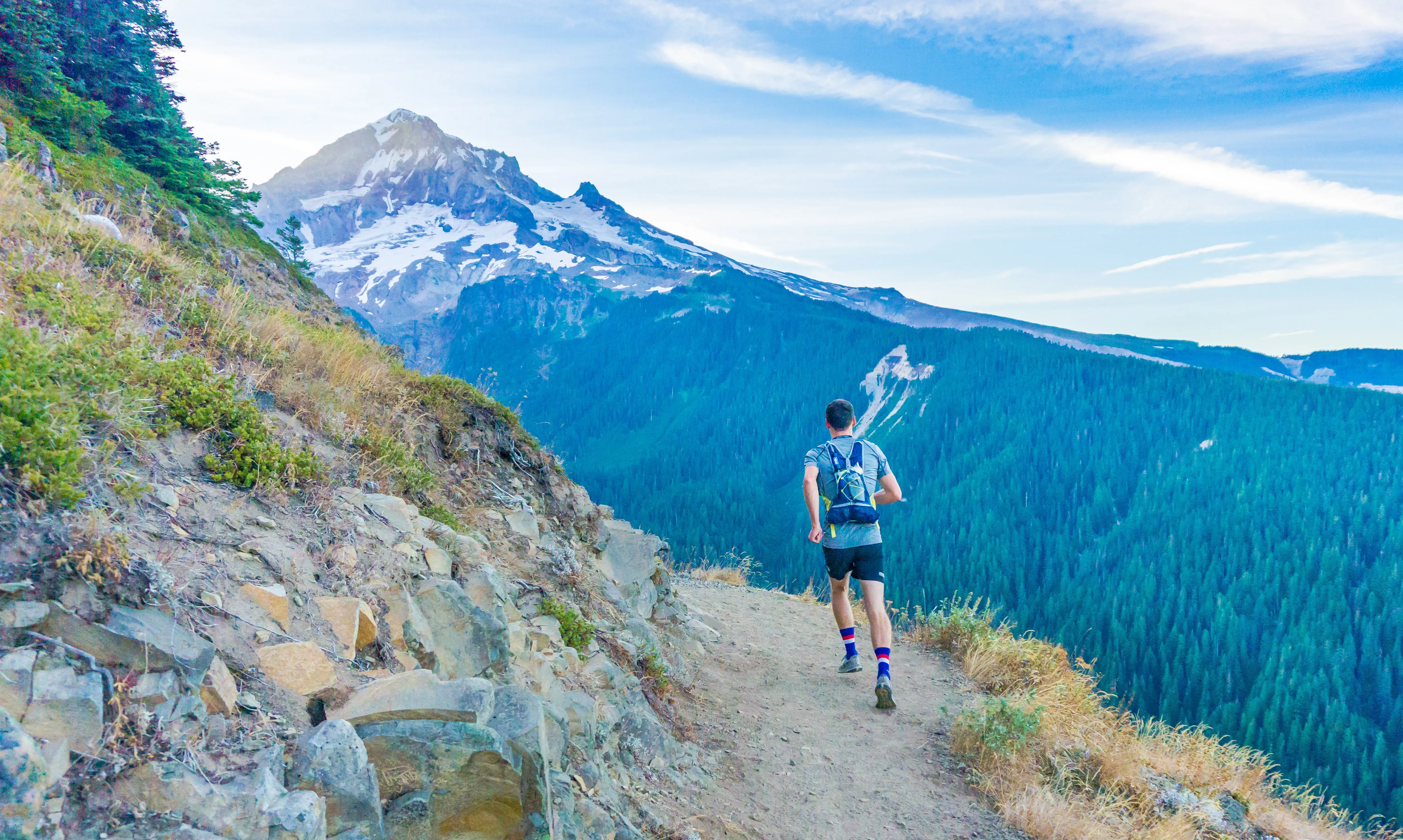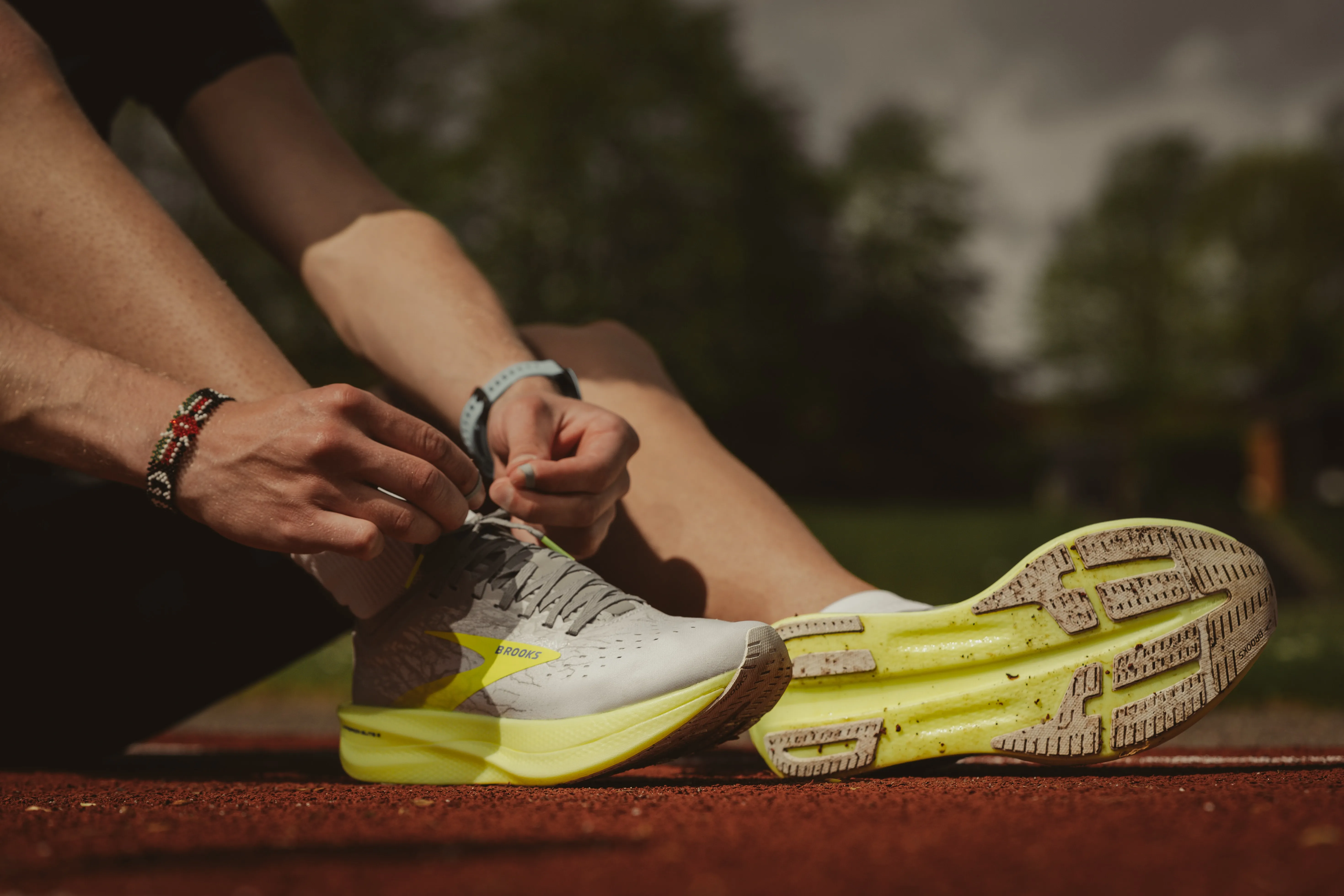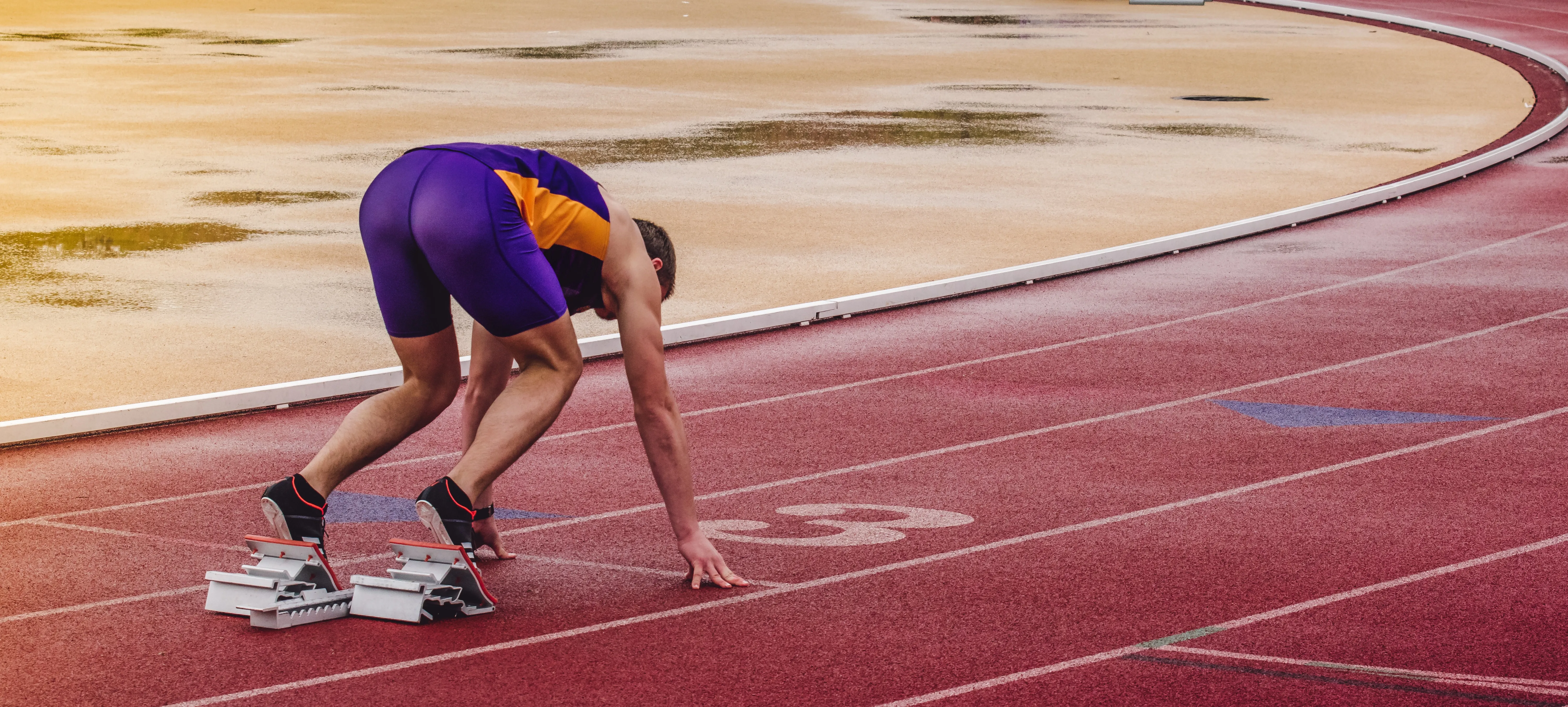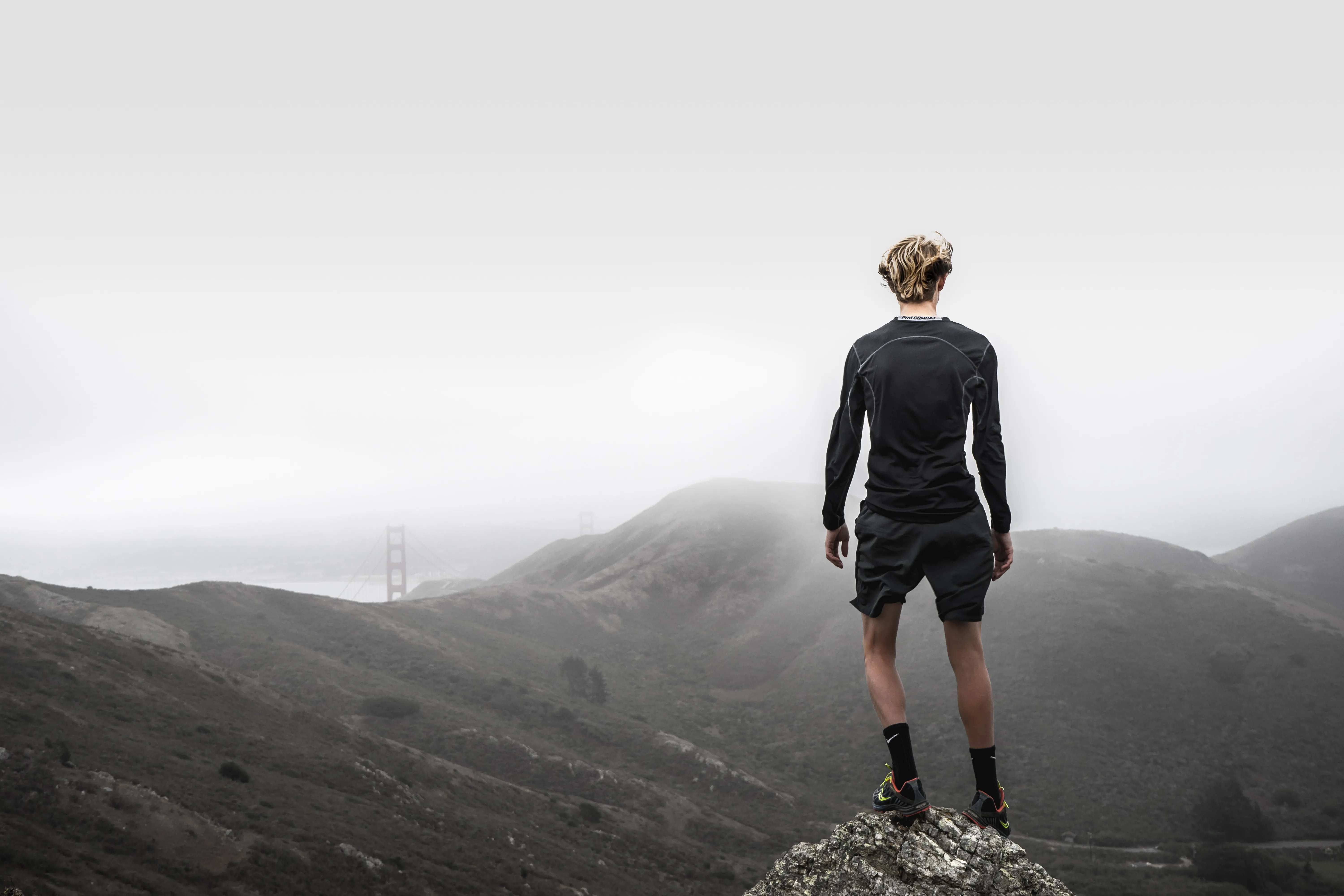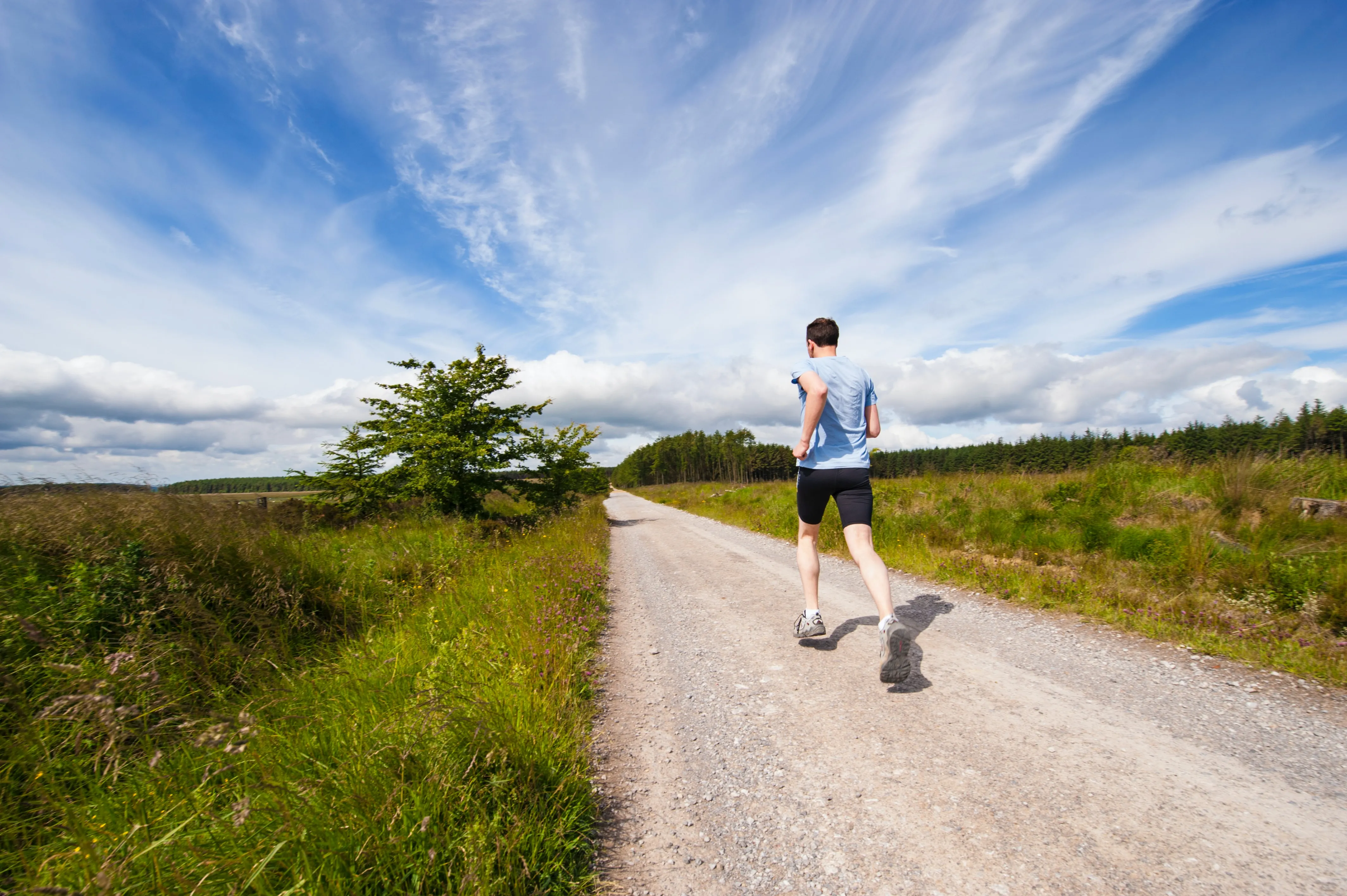
Blisters are a common, although frustrating, occurrence for many runners. Nothing spoils your enjoyment of a good run quite like the sudden stab of pain from a blister. Not to mention, these tiny nuisances can sideline you from enjoying your runs. The good news is, there are steps you can take to prevent blisters from forming and making your runs uncomfortable.
In this guide, we will delve deep into the strategies that can help you prevent blisters when you run. Let’s start by understanding why blisters form in the first place.
Understanding Blisters
Blisters are small fluid-filled sacs that form on the upper layers of your skin. These are often created by friction, heat, moisture and other stressors placed upon your skin. When you run, your feet experience all these stressors in heaps, leading to the formation of blisters, especially if your feet are not properly protected.
How to Prevent Running Blisters
1. Invest in Proper Running Shoes
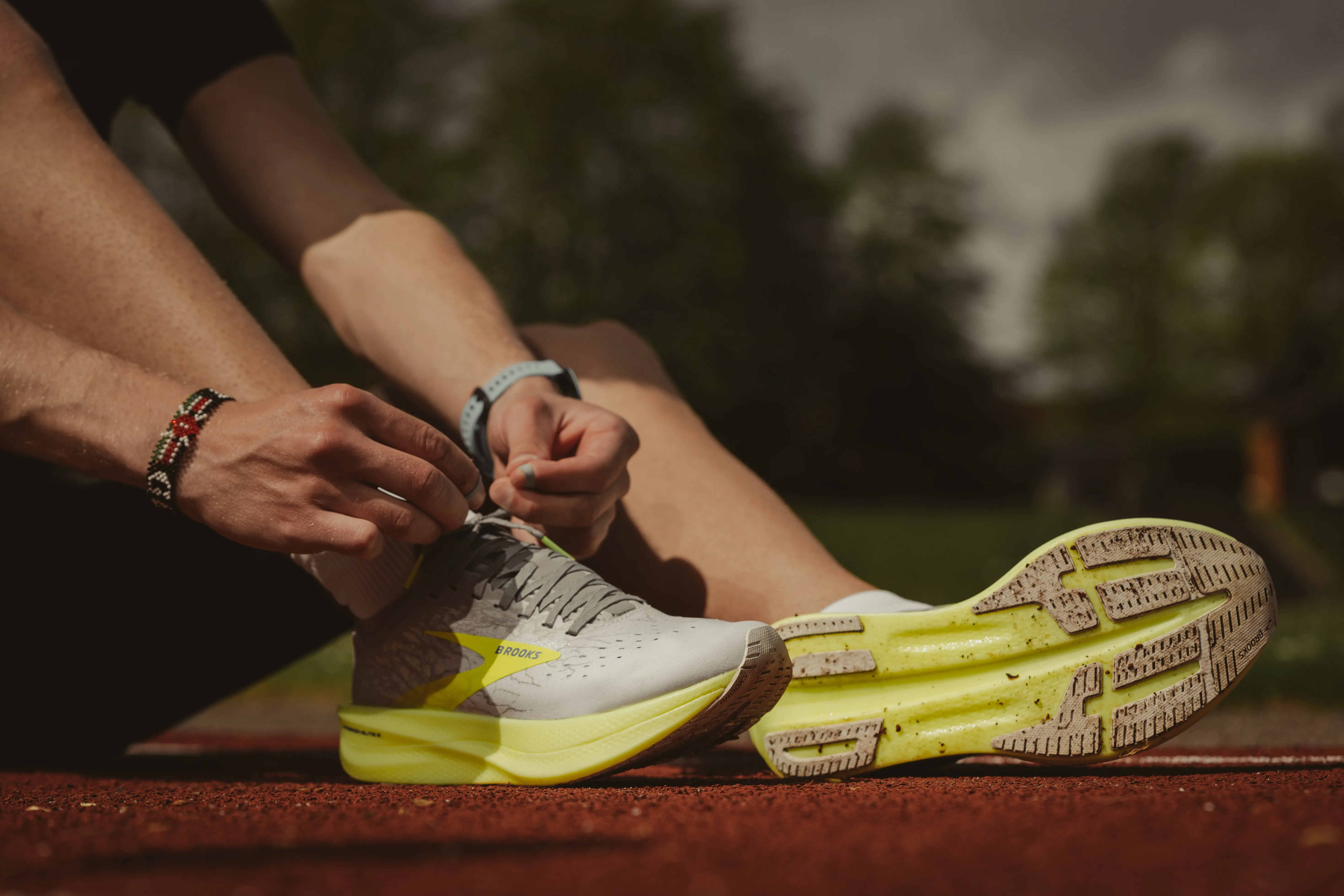
The first step in preventing blisters is to invest in the right pair of shoes. Your shoes should not just be the correct size, but should also provide proper support and cushioning for your feet. They should offer a good fit, without being too tight or too loose.
2. Wear the Right Socks
The type of sock you choose to run in is another important aspect. Invest in socks that are specially designed for running. These are usually made from synthetic materials that wick away moisture from your skin. Avoid cotton socks at all costs as they absorb moisture and hold it close to your skin, increasing your chances of getting blisters.
3. Keep Your Feet Dry
Trying to minimize sweat and moisture on your feet can also reduce your chances of getting blisters. Applying talc, special runners’ powders or antiperspirants before you put on your socks can help.
4. Use Specialized Products
There are numerous over-the-counter products available that can help to reduce friction and prevent blisters. These include moleskin, blister plasters, petroleum jelly and specialized running tapes. Apply these on areas of your feet that are prone to blisters.
5. Allow Your Feet to Harden
Gradually increasing your running intensity and distance can allow your feet to develop calluses, which can be a protective barrier against blisters. But this doesn’t mean letting your feet become dry and cracked – keep them moisturized and healthy.
Conclusion
Preventing blisters can be a personal journey of trial and error as everyone’s feet and sweat patterns are unique. What works wonders for one person might not have the same effect for another. The key is to find a combination of these strategies that works best for you. Always remember, a blister-free run is not just comfortable, but also the first step towards a healthier running habit.
